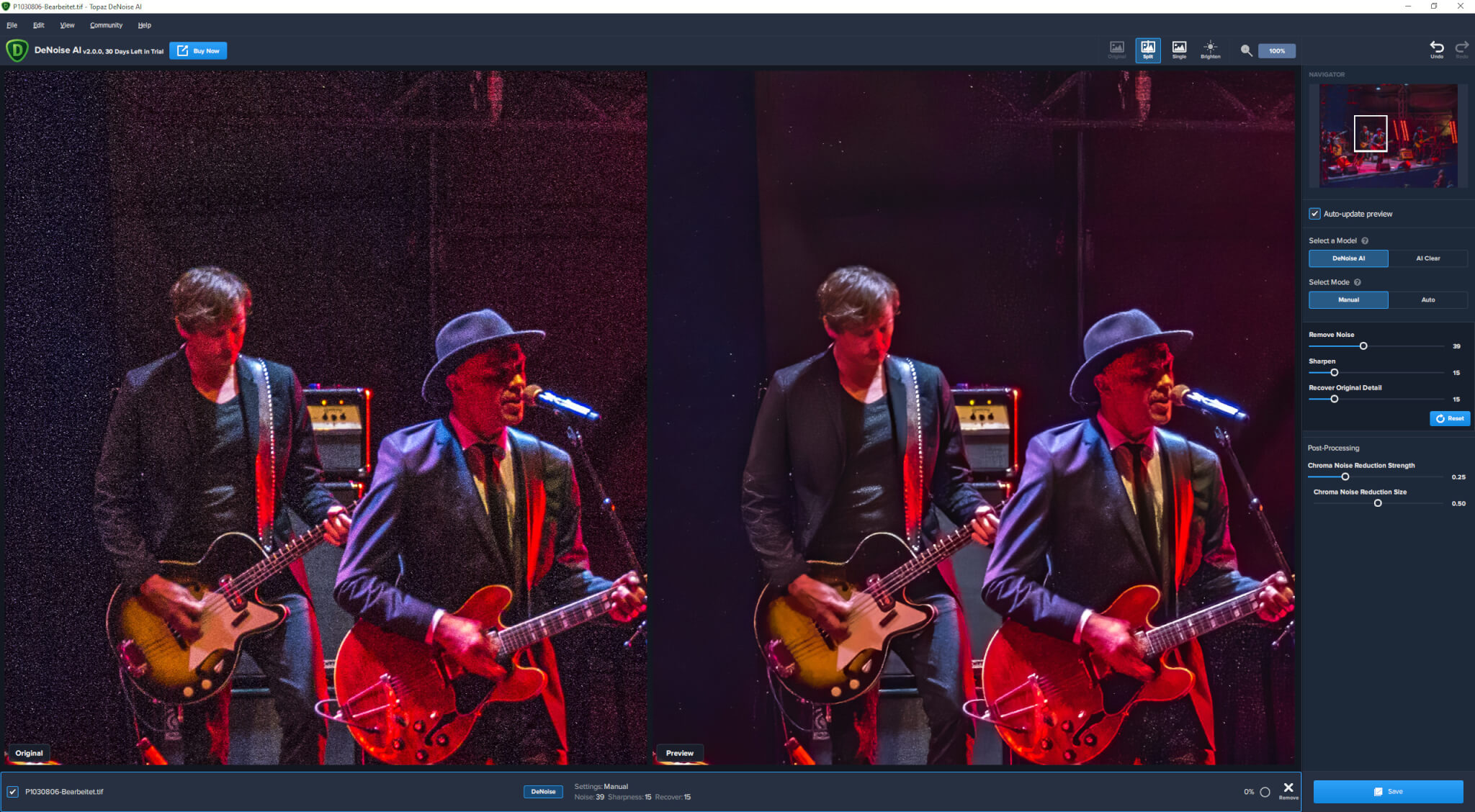

The link below to a YouTube video is far from ideal, but it DOES give the viewer a rough idea of how to use Denoise AI in batch mode. I'd tag them and either manually fix them, or, if I thought they lend themselves to a second batch, I'd set up that batch for a second run. Once the batch processing is complete, I would quickly scan through the completed batch with whatever photo browser you prefer ( I use ACDSee) and see if there are any photos that need additional work. Level 4 Abrasion Resistance CustomGrips Cut Resistant Gloves 6 Pairs/Size 10. 4 Pieces 1-5/8 ALUMINUM 6061 ROUND ROD 12 LONG SOLID Lathe Bar Stock 1.625. highlight the first image listed in the batch via the DeNoise AI batch process and make sure it is set to Clear AI mode. Masarflame 33 Electric Fireplace Insert Remote Control & Timer Retro Recessed Fireplace Heater with Fire Cracking Sound Black 750/1500W, Pack of 0-16 Multi-Colored 384 Well Orienter.How I would go about batch processing a bunch of jpgs all shot at different times and in different lighting is: (I suspect you read the instructions for manual batching) But you can let it figure all that stuff out on its own. Now, DeNoise AI gives you the option to individually set denoise parameters for each photo before batch processing starts.

You don't need to pre-process each image. This seems counterproductive? How should I proceed? The instructions for batch processing seem confusing: that I have to do quite a bit of processing before adding them to Denoise. It has the ability to take old footage of pretty much any quality and restore it to a level far above the original. I've proved that Topaz can do a great job on one image from the batch but don't want to have to start from scratch with each image. Topaz Labs Video Enhance AI is a pretty impressive piece of software that has already greatly improved since this time last year. I have a bunch of JPGs I took years ago with a poorer camera and now want to denoise them all.


 0 kommentar(er)
0 kommentar(er)
